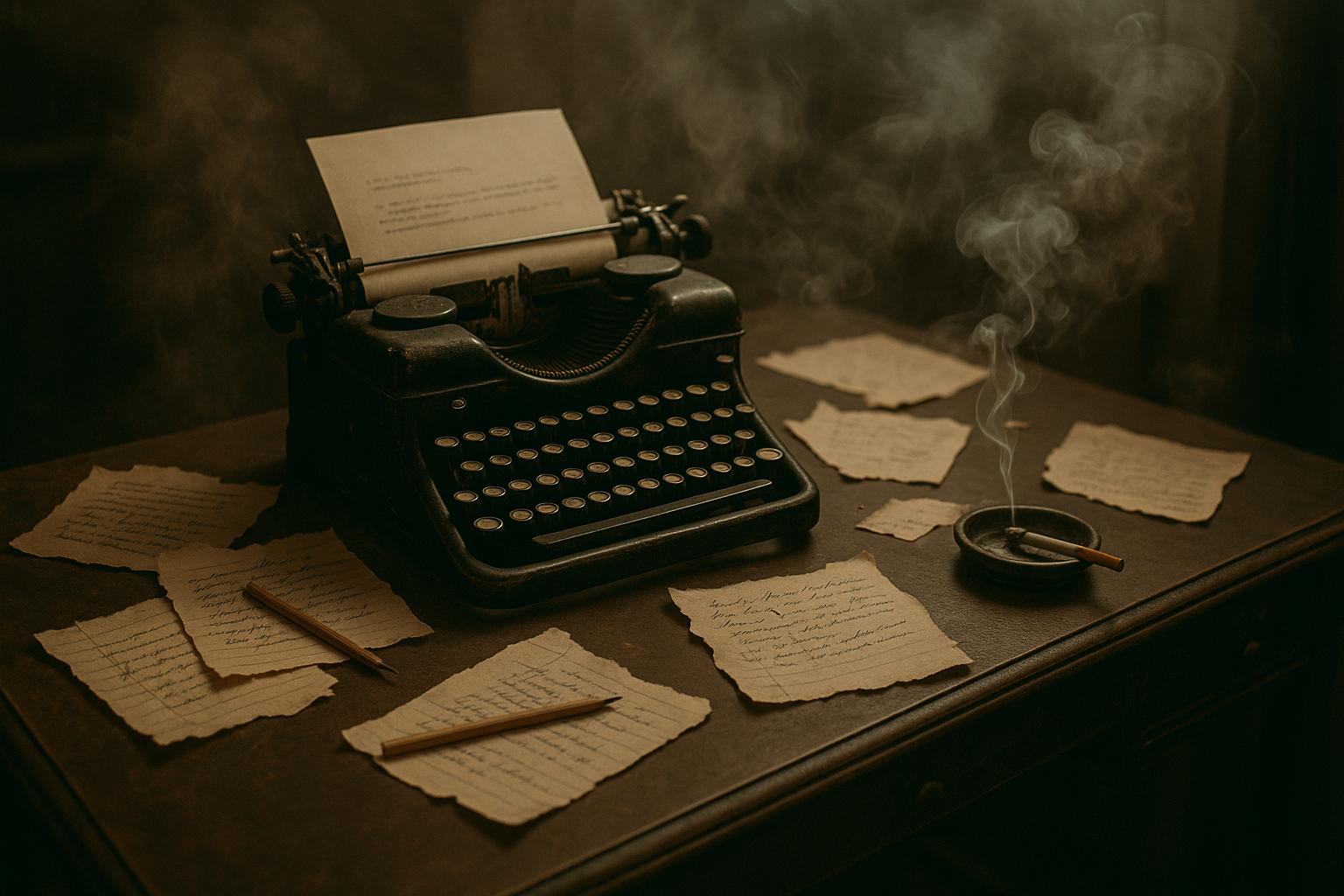For decades, Cecil Beaton was a towering figure in fashion photography, earning acclaim as the ‘King of Vogue’ through his iconic portraits of models, celebrities, and royalty. His creative genius, however, extended far beyond photography. Beaton’s career spanned costume and set design, fashion illustration, war photography, caricature, and diarist work, reflecting a restless artistic vision. Now the National Portrait Gallery in London celebrates this extraordinary versatility with a comprehensive exhibition titled Cecil Beaton’s Fashionable World, running until January 2026.
Beaton’s portraits define much of 20th-century visual culture. His subjects included luminaries such as Greta Garbo, Marilyn Monroe, Audrey Hepburn, Marlon Brando, Elizabeth Taylor, Salvador Dalí, and Sugar Ray Robinson, as well as British royalty from the Queen Mother to the future Queen Elizabeth II and Charles III. As exhibition curator Robin Muir explains, Beaton’s impact was far-reaching, shaping fashion, photography, and design not only in Britain but also in New York, Paris, and Hollywood. Far from striving for clinical perfection, Beaton embraced a "homespun" style that aimed to present his subjects at their most glamorous, eschewing psychological probing for an idealised dreamworld free of imperfections.
Born in north London in 1904, Beaton’s early knack for photography was nurtured by his nanny, who taught him to develop negatives at home. His artistic career blossomed in the 1920s amid the bohemian aristocracy of London’s Bright Young Things, where he crafted portraits suffused with fantasy and stylish excess. This early success led to a lifelong connection with Vogue on both sides of the Atlantic, a platform that amplified his reputation as an accessible yet visionary artist. Unlike many photographers before him, Beaton made the experience fun and spontaneous for his subjects, transforming what had been an ordeal into an enjoyable creative collaboration.
Despite his aristocratic social milieu of choice, Beaton always felt an outsider due to his middle-class upbringing. This sense of alienation perhaps fuelled the acerbic wit for which he was known. His diaries and interviews often contained cutting remarks about acquaintances and fashion trends alike, with comments ranging from playful to harsh—for example, noting Salvador Dalí’s “really appalling bad breath” or criticising Julie Andrews for having "the most unphotogenic face I have ever seen." Beaton’s frankness extended even to the aristocracy and celebrities he immortalised in his photographs.
The trajectory of Beaton’s career was nearly derailed shortly before World War II when he included subtle antisemitic phrases in an American Vogue issue, resulting in its withdrawal and his dismissal. However, the war became a pivotal chapter; on the Queen Mother’s recommendation, he was appointed official war photographer by the Ministry of Information. His compassionate and dignified images of everyday servicemen, nurses, and civilians during the Blitz earned acclaim. One profound wartime photograph—of a bomb-injured child with a teddy bear—graced the covers of Life magazine and the Illustrated London News, significantly influencing public opinion in the United States and arguably encouraging American support for the conflict.
After the war, Beaton’s artistry found new expression in theatre, ballet, and film. He won three Academy Awards for costume and set design, notably for Gigi and My Fair Lady, the latter evoked in luminous exhibition highlights featuring Audrey Hepburn’s colourful portraits. Knighted in 1972, Beaton passed away in 1980, leaving behind a legacy marked by glamour, technical innovation, and relentless personal reinvention.
This current exhibition assembles about 250 items, including photographs, letters, sketches, and costumes, all curated by Robin Muir, who also serves as a contributing editor and archivist for British Vogue. The displays offer visitors an in-depth exploration of Beaton’s multifaceted career—from his early days amidst the Jazz Age elite to his mid-century fashion and stage triumphs. The National Portrait Gallery has extended opening hours on Fridays and Saturdays, and ticket bookings are available online.
Reflecting on Beaton’s legacy in the contemporary era, Muir suggests the photographer would be fascinated by the democratization of photography today, where everyone carries a camera in their pocket. Beaton’s ability to blend artistic fantasy with accessibility, creating joyous experiences for his subjects and audiences alike, remains a benchmark in visual creativity. The exhibition Cecil Beaton’s Fashionable World not only showcases the dazzling breadth of one of the 20th century’s most influential figures but also invites reflection on the ongoing evolution of portrait photography.
📌 Reference Map:
- Paragraph 1 – [1], [2], [4], [5], [7]
- Paragraph 2 – [1], [2], [3], [4], [5], [7]
- Paragraph 3 – [1], [2], [5], [6]
- Paragraph 4 – [1], [5]
- Paragraph 5 – [1], [5]
- Paragraph 6 – [1], [5]
- Paragraph 7 – [1], [2], [3], [4], [5], [7]
Source: Noah Wire Services
